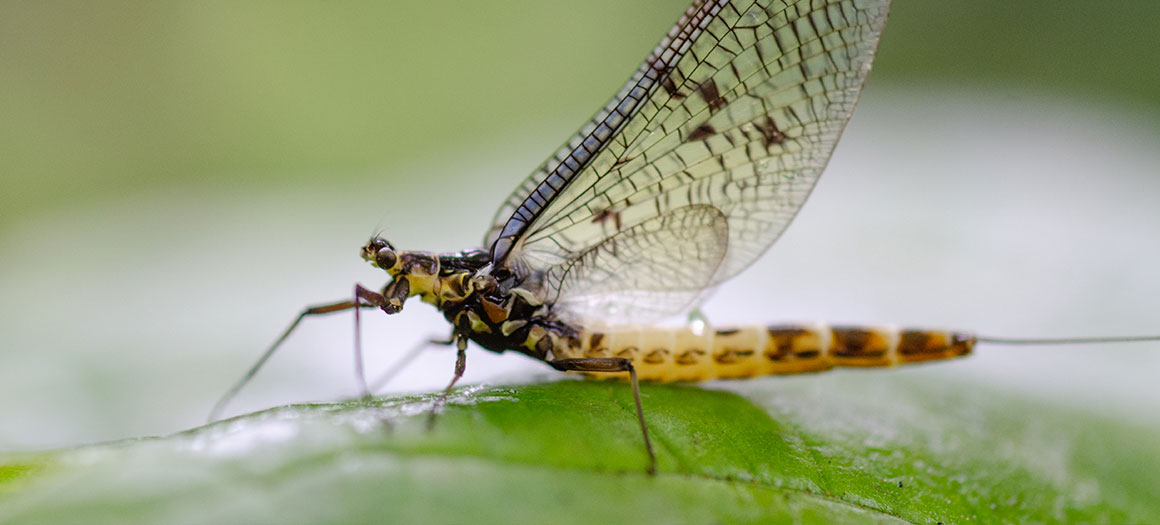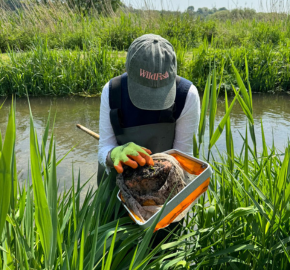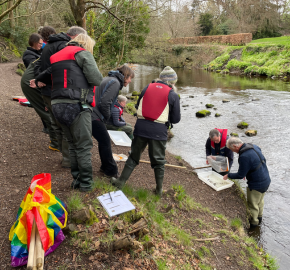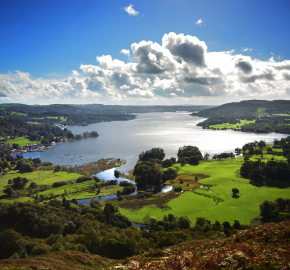The role of riverfly in species understanding water quality

WHAT ARE EPT SPECIES?
Ephemeroptera (mayflies), Plecoptera (stoneflies), and Trichoptera (caddisflies) are environmentally sensitive aquatic insects that are routinely used in monitoring of water quality. They form part of the base of the food chain in our river ecosystems. You may see them referred to in our reporting as ‘EPT species’..
Mayflies
Adult mayflies are typically distinguishable from stoneflies and caddisflies by their vertical wings. When leaving the water and entering their adult stage, mayflies actually moult twice. They are the only insects we know that moult after developing functional wings. The second-to-last winged stage is known as the ‘subimago’, this stage is usually very short and depending on the species can last anywhere from 30 minutes to a day.
As nymphs, where they spend the majority of their life cycle, they are most easily identified by their three slender tails.
Flat-bodied mayflies, such as Ecdyonurus insignis, are most abundant and diverse in flowing waters of streams and rivers. They occur on the surface of rocks and submerged logs. So, if we find them in our sample they indicate good flow and clean substrate free from too much sediment and algal build up.
Stoneflies
Stoneflies are usually identifiable by their two tails. In their adult form they have two pairs of wings that fold flat over their backs. As nymphs, they have hairy looking gills under their arms and on their thorax. When there isn’t adequate oxygen in the water, they will do ‘push-ups’ to move the water past their gills.
Stoneflies thrive in fast-flowing water and need river clean gravels.
Caddisflies
Caddisflies comprise the most diverse insect order whose members are exclusively aquatic.
When you think of caddisfly larvae the first thing that probably comes to mind are the ‘case-building’ type. Many species build cases out of sticks, plants or rocks they find on the river bed. These cases protect their soft bodies from predators as well as providing extra weight to stop them getting washed away in fast-flowing conditions.
Perhaps less well known, are the uncased larvae. Some of these swim freely and prey on other invertebrates, whereas others spin nets of silk to catch floating bits of food.
The adult stages are ‘moth-like’ in appearance.
WHAT CAN THESE SPECIES TELL US?
When a river habitat is exposed to pollution (even on a very small scale) these species cannot tolerate it so will not be present. Because of this the presence or absence of EPT species provides invaluable information about the health of a river.
Every river system is different and will naturally be home to different assemblages of riverflies and other aquatic invertebrates. However, it’s important to remember that diversity is key, the goal is to have a river home to a variety of these animals, not just high abundances of one or two species.
The distribution of EPT species can also shed light on the impacts from climate change, with cold-loving species moving north and uphill and warm-loving species increasing their range.
Find out more about how our volunteer hubs use invertebrate samples to assess water quality.



